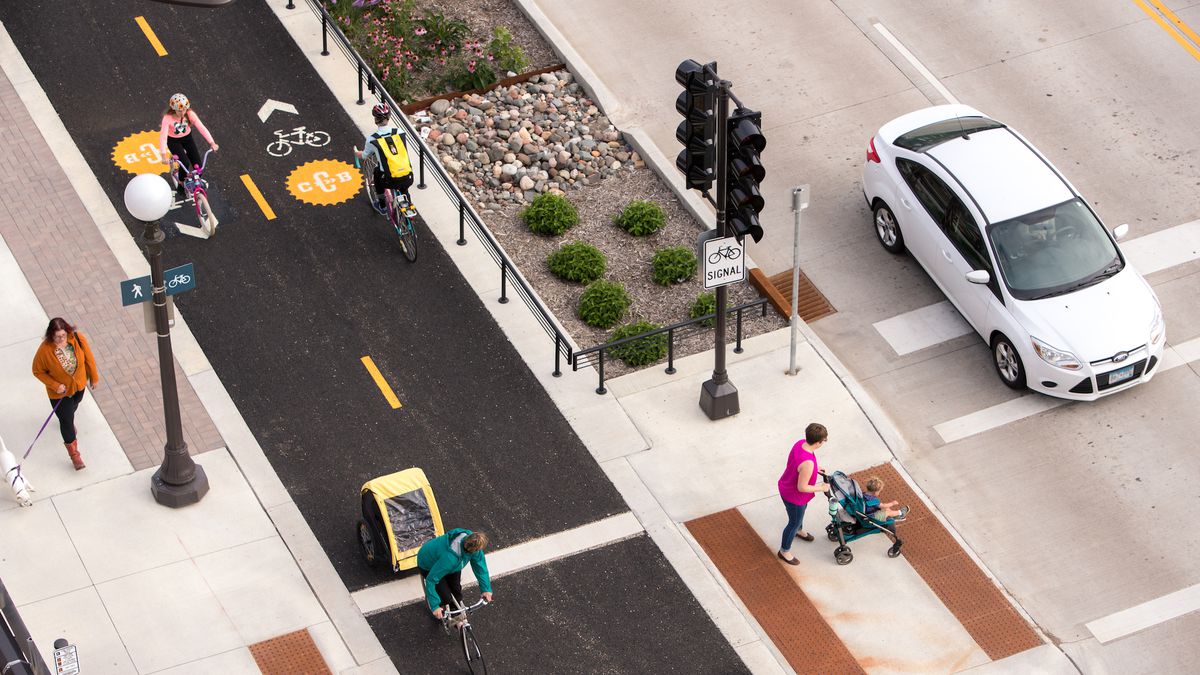Traffic calming measures are essential for enhancing road safety, especially in residential areas and near schools. Among these measures, speed tables have emerged as a particularly effective solution. These speed tables for traffic calming are designed to reduce vehicle speeds and improve pedestrian safety without causing significant inconvenience to drivers. This article explores innovative speed table designs that are making streets safer for everyone.
What Are Speed Tables?
Speed tables are raised sections of the roadway, typically longer than speed humps, with a flat top and gently sloping ramps on either side. Unlike speed bumps, which can cause abrupt jolts, speed tables provide a more gradual transition, encouraging drivers to reduce their speed smoothly. This makes them suitable for high-traffic areas where maintaining a moderate flow of traffic is important.
Benefits of Speed Tables
Improved Safety
The primary benefit of speed tables is their ability to reduce vehicle speeds, which in turn decreases the likelihood and severity of accidents. By slowing down traffic, speed tables help create a safer environment for pedestrians, cyclists, and other road users.
Enhanced Pedestrian Crossings
Many speed tables are integrated with pedestrian crossings, making it safer and more convenient for people to cross the street. The raised platform of the speed table increases visibility for both pedestrians and drivers, reducing the risk of accidents.
Traffic Flow Management
Unlike traditional speed bumps, which can cause congestion and frustration, speed tables are designed to maintain a smoother flow of traffic. This makes them ideal for use on busier streets where it is essential to balance safety with efficient traffic movement.
Innovative Speed Table Designs
Modular Speed Tables
Modular speed tables consist of prefabricated sections that can be quickly and easily installed on the roadway. These sections are made from durable materials like rubber or composite plastics, which can withstand heavy traffic and harsh weather conditions. Modular designs also offer the flexibility to adjust the length and height of the speed table as needed.
Solar-Powered Speed Tables
Solar-powered speed tables incorporate solar panels and LED lights to enhance visibility, especially at night. The LED lights can be programmed to flash or change color, alerting drivers to the presence of the speed table and encouraging them to slow down. This design not only improves safety but also promotes energy efficiency and sustainability.
Artistic Speed Tables
Incorporating artistic elements into speed table designs can make them more visually appealing and blend seamlessly with the surrounding environment. These speed tables for traffic calming can feature colorful patterns, mosaics, or even murals that reflect the local culture and community. Artistic speed tables not only enhance safety but also contribute to the aesthetic value of the neighborhood.
Smart Speed Tables
Smart speed tables are equipped with sensors and communication technology to monitor and manage traffic in real-time. These sensors can detect the speed and volume of traffic, triggering warnings or adjusting the speed table’s height accordingly. Some smart speed tables are also integrated with traffic management systems, providing data to help optimize traffic flow and improve overall safety.
Implementing Speed Tables in Urban Planning
Community Involvement
Successful implementation of speed tables requires active community involvement. Local residents, businesses, and stakeholders should be consulted during the planning and design phases to ensure that the speed tables meet their needs and preferences. Community engagement also fosters a sense of ownership and support for the traffic calming measures.
Strategic Placement
For maximum effectiveness, speed tables should be strategically placed in areas with high pedestrian activity, near schools, parks, and residential neighborhoods. Traffic studies can help identify the most appropriate locations and determine the optimal height and length of the speed tables.
Maintenance and Evaluation
Regular maintenance is crucial to ensure the longevity and effectiveness of speed tables. This includes inspecting the tables for wear and tear, cleaning the surface, and repairing any damage. Additionally, periodic evaluation of the speed tables’ impact on traffic and safety can provide valuable insights for future improvements and adjustments.
Conclusion
Innovative speed table designs are transforming the way we approach traffic calming and road safety. These speed tables for traffic calming offer a versatile and effective solution for reducing vehicle speeds, enhancing pedestrian safety, and improving the overall quality of urban life. By embracing new materials, technologies, and designs, cities can create safer streets that benefit everyone.




















Leave a Reply